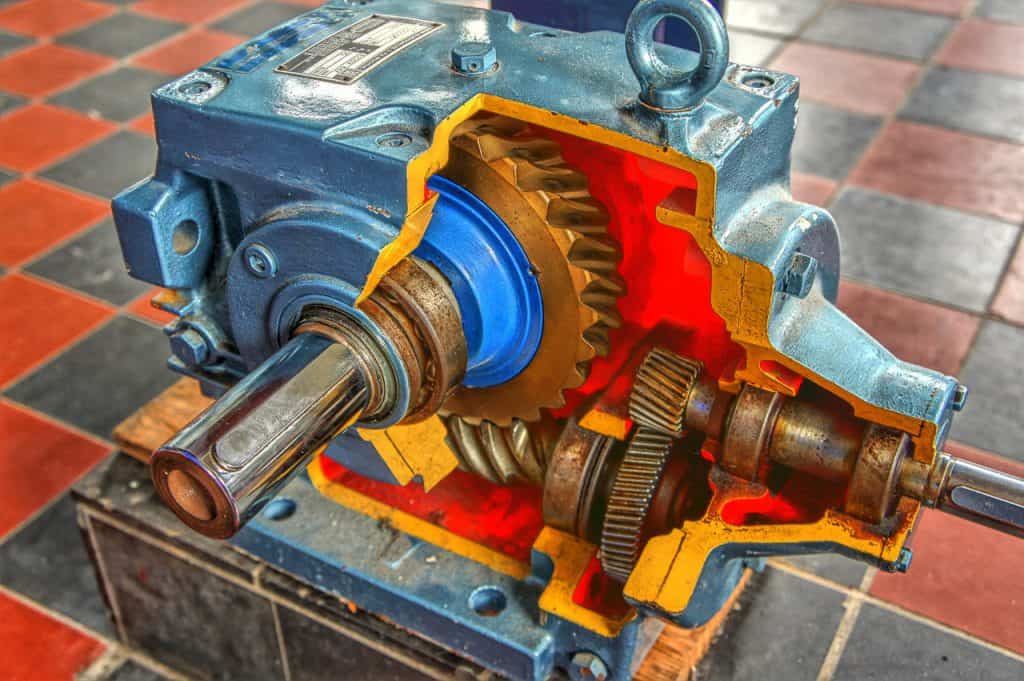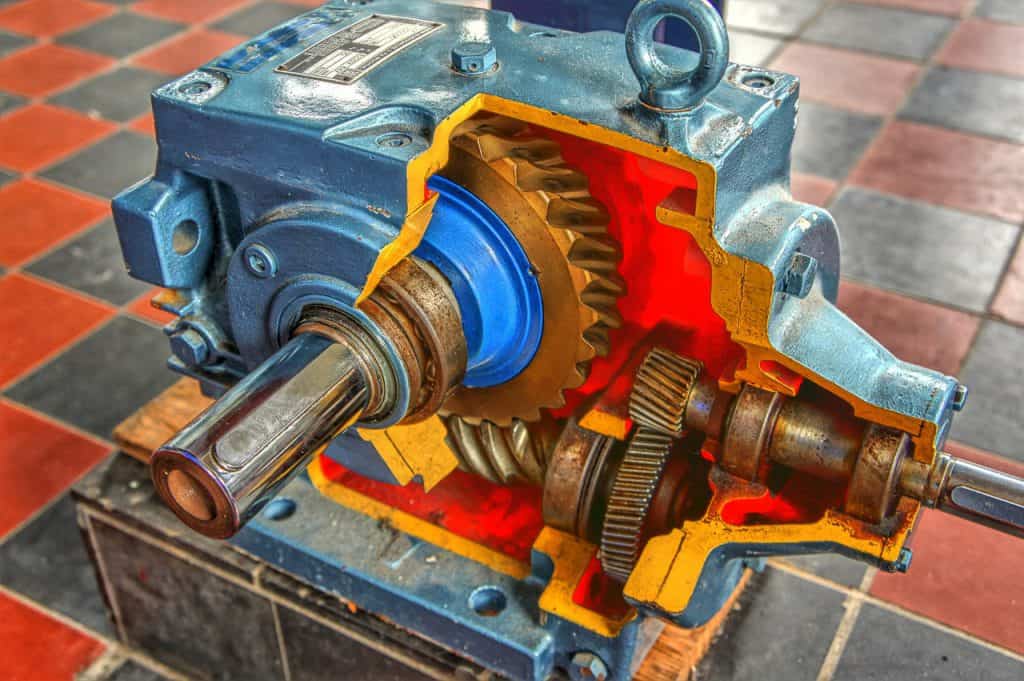
Tips to keep in mind when buying gears
Comprar engranajes puede ser una tarea compleja si no se tienen unas nociones básicas de qué tipo de dispositivos existen en el mercado y de qué características diferencian a cada uno. Existe una amplia variedad de engranajes que se pueden distinguir por el material en el que están fabricados, su diseño o su funcionalidad.
Buy gears it can be a complex task if you don't have a basic understanding of what type of devices exist on the market and what characteristics differentiate each one. There is a wide variety of gears which can be distinguished by the material in which they are made, their design or their functionality.
To reduce doubts as much as possible during the gear purchase process, we leave you this article with the tips and guidelines when choosing gears most suitable:
You might be interested in: Gear calculation: improve efficiency in your transmissions
What is gear manufacturing
We call gear manufacturing to the process of manufacturing gears, either by casting, extruding, cutting or forging the materials that compose them. This manufacturing can be subdivided into twos categories: shaped and machined.
- El shaped consists of direct casting, drawing, modeling or extrusion of different types of shapes of teeth in molten materials, powdered or softened by heat.
- El machining It concerns operations both of Rough as finished.
La gear manufacturing requires a process of great precision and supervision, since any error in shape, finish or dimensions can be fatal. The procedure requires various processing operations in sequence, depending on the material and type of gears and the desired quality.
- First of all it preform the raw parts.
- Later, They are sectioned with a cutter that moves axially along the entire length of what will later become the gear itself.
- For Build the teeth of the gear milling and broaching methods are used, the latter especially for internal teeth.
- The penultimate step in the manufacturing process is the Carved with mother strawberry, which serves to create teeth gradually and for their complete or superficial hardening.
- To conclude, we arrive at the tooth finish, either through a process of grinding, shaving, etc.
A final inspection of the finished gears ensures the quality of the device.
Types of gears: everything you need to know to choose the right type
There are different types of gears, although we can establish differences depending on the criteria we use to classify them: depending on the material, shape or function.
Knowing these types will help us to have More information to buy gears and get our decision right:
According to the material
Although the steel is the most common material on most gears, especially on different industrial sectors, you can find devices made of many other materials, such as bronze, brass, aluminum, cast iron, ductile iron or even powdered metals. They also exist plastic gears.
Related Reading: Why improve your safety mechanisms with fireproof plastics
One of the main reasons why steel is such a widely used material is that it offers excellent combination of durability and strength and weight. In addition to this high resistance to wear, its cost is not very high and that, thanks to heat treatment, it is a material whose physical and mechanical properties can be improved.
According to the shape
The shape of a gear is determined by the positions adopted by the axes, whether parallel, intersecting or without intersecting. From there we can talk about straight, conical, helical, rack gears, etc.
Straight gears
Straight gears are used very frequently and for many purposes, as they offer a high precision and they don't require complex or expensive production processes.
They are based on cylindrical wheels, which are sprockets straight and parallel to the axle, with a cylindrical passage surface.
They have no load in the axial direction (thrust load).
Bevel gears
In this case, the gears have conical appearance and the two axes meet at one point.
Both the passage surface and the teeth of the gear are cut along the cone.
Within the section of conical gears We can differentiate between spirals, Angular, of coronet, with miter, hypoid and zerol.
Helical gears
What sets these types of gears apart is that they are used with parallel axes similar to straight gears, but these are gears cylindrical whose winding teeth interact obliquely with the axis of rotation.
It is commonly used in applications that require speed, since they are capable of transmitting higher loads, generating much less sound than spur gears.
The use of helical gears Generate a thrust force in the axial direction, so it is necessary to use thrust bearings.
Rack gears
A rack gear is characterized by your teeth are of the same shape and dimensions, in addition to being all cut at the same distance along a straight bar or flat surface.
El radius of the passage cylinder of a zipper is infinity, for this reason, the linear rotational movement occurs when it is meshed with a cylindrical gear sprocket.
The zippers can be divided into zippers of straight teeth and helical zippers, but both have straight tooth lines.
Before buying gears, you should know the different types and which families of gears are found in each of them.
According to the function
The use of gears is widespread both in industrial machines, in automotive, in tools, as well as on objects such as appliances, toys, etc.
We can differentiate between several different groups of gears, depending on the role they play:
Straight gears
They are used in parallel shaft transmissions, in all types of machinery (their use is widespread). They are used in sectors where a Slow motion and where the sound level does not have much influence, such as in vending machinery or security systems.
Straight gears are also widely used for Increase or decrease potency of an object, such as in washing machines, blenders, clothes dryers, construction equipment, or fuel pumps.
Another of its uses has to do with the Variation of speed. For this purpose, they are found in hand watches or kitchen mixers.
Bevel gears
This family of gears solves the transmission between axles that cut and cross. They can be:
- Straight: uses in drills, packaging equipment, vending machines, lathes and cutters.
- Spirals: devices that work at high speeds: on bicycles, motorcycles and other small vehicles, industrial engineering or naval architecture.
- Hypoids: automotive industry, as well as drives for collection machines or drives for mills and excavators, such as wheel drives.
Helical gears
Helical drives are usually applied in machinery where the drives have to work with higher speed ranges (hospitality machinery) or lower sound levels (automotive, air conditioning).
They are also usually applied in machines where a torque transmission tall with parallel axes.
Rack gears
Zipper mechanisms are often employed as part of a simple linear drive, where the rotation of a steering wheel rotated manually or by a motor is converted into a linear movement.
One of its most widespread applications is power steering, as well as on railroad tracks in places where there is a steep uphill slope, sliding doors and pneumatic actuators.
To learn more: How to calculate the reduction ratio in your gear projects

Where to buy gears
Get it right with the buying the right gear is key to avoiding incidents that can be very costly.
One of the aspects that directly affect the useful life of gears is the vibration What is generated due to the couplings, which also causes noise.
This, together with the design that presents and resists flexion, also called contact force, determines the durability of a device essential for the proper functioning of machines used in very diverse sectors.
Therefore, it is key purchase gears from specialized suppliers that have a wide range of the highest quality gears.
If you are going to buy gears and need a guide, in CLR we offer the most comprehensive service of engineering advice and prototype design, to achieve the full satisfaction of our customers.
CLR is a leading manufacturer of gearmotors and gearboxes, with more than two decades of expertise in finding the best drive solutions for companies.
A complete team of engineers work to get perfect results thanks to a combination of knowledge and experience. La engineering and the highest technology they go hand in hand so that their products exceed the highest demands.
All of this makes CLR the ideal partner in manufacturing, logistics and customer service, from the first initial idea to obtaining the final product. Put yourself in contact us and start creating your new project successfully.

We offer customized, tailor-made solutions. Configure with us the perfect gearmotor for your project.
¿Tienes un proyecto en mente?
We can manufacture your tailor-made solution, we accompany you at every stage of the project to offer the solution that best suits your application.
Do you have a project in mind?
We can manufacture your tailor-made solution, we accompany you at every stage of the project to offer the solution that best suits your application.








